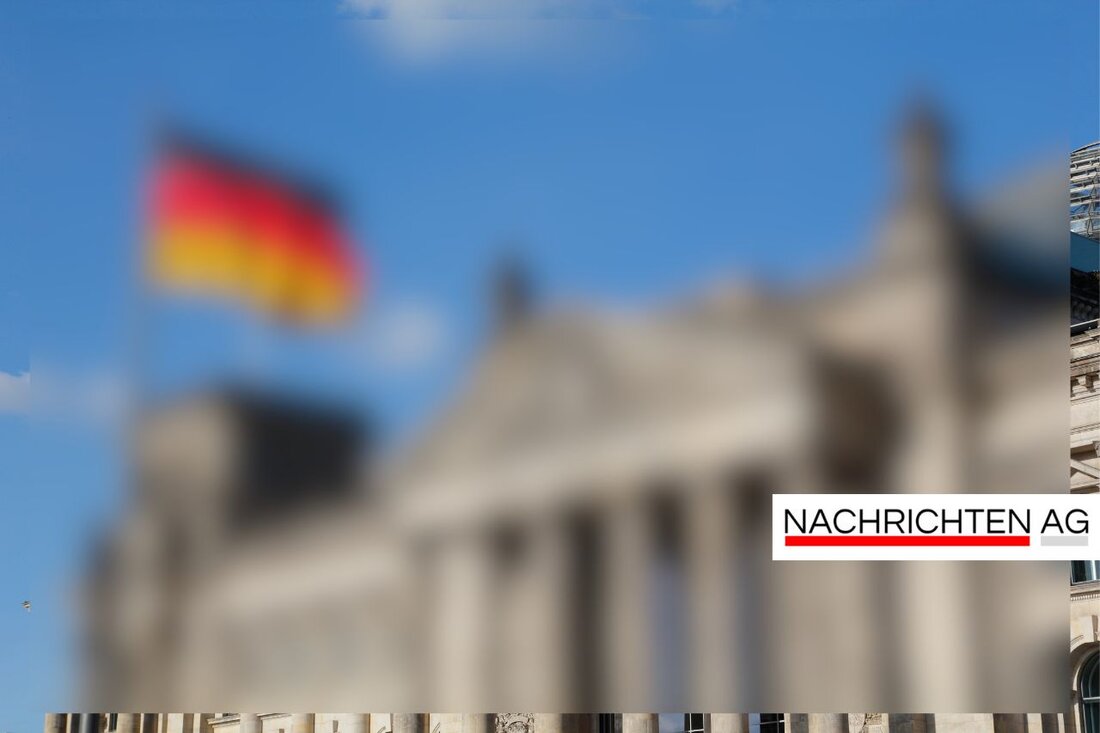Hitze-Check shows the alarm: Mannheim and Co. fail in the green test!
Hitze-Check shows the alarm: Mannheim and Co. fail in the green test!
The second nationwide heat check of the German Environmental Aid (DUH) shows alarming results for many major cities in Baden-Württemberg. Millions of people in urban areas are exposed to extreme temperatures. Mannheim cuts particularly badly, where about 88% of the 315,000 inhabitants live in heavily loaded regions. In the summer months, a surface temperature of over 38 degrees is measured here, while 56% of the city area is sealed and only 2% are planted with trees, hedges or beds. These factors contribute to the extreme heat development in the city, which does not take a good place in a nationwide comparison.
The heat check assesses cities in relation to their sealing and the green volume. With the help of satellite data, the DUH analyzed 190 cities with over 50,000 inhabitants. Not a single Baden-Württemberg area received a green card. Cities that fail in the heat check include Ludwigsburg, Heilbronn, Rastatt and Karlsruhe, all of which are very sealed.
overview of the results
The analysis showed that Mannheim, Ludwigsburg and Heilbronn in Germany are among the most sealed cities. The 24 cities that received a red card include Ludwigshafen and Regensburg. On the other hand, cities such as Detmold, Ratingen and Potsdam, which are relatively little sealed, have received a green card.
| number of cities | |
|---|---|
| red card | 24 |
| yellow card | 82 |
| Green card | 84 |
The heat check also raises claims to the federal government. The DUH advocates a legally binding goal to end the area sealing until 2035. Daily consumption of over 50 hectares of area for settlements and traffic has led to a dramatic increase in sealed areas, which reinforces the challenges for the urban heat islands.
causes of the urban heat islands
The challenges from urban heat islands (UHI) are reinforced by the sealed areas. Materials such as concrete and glass store heat and prevent a nightly cooling, which affects the quality of life in cities. These heat islands lead to higher nightly temperatures and reduce the recovery from the summer heat, which in particular endangers older people, previous ill and toddlers.
The German Weather Service (DWD) provides important findings. He explains that the city climate deviates from the surrounding area due to development and emissions, which leads to an increase in air temperatures. Missing vegetation and the loss of large trees also have dramatic effects on the cooling effects within the cities. In addition, overheating and the associated consequences for the health of the population must be considered.
In summary, it can be said that there is an urgent need for action to alleviate the effects of increasing heat in German cities. Initiatives such as "Healthy in the city district" in Mannheim are a step in the right direction, but comprehensive measures are required to sustainably improve living conditions in the urban areas.| Details | |
|---|---|
| Ort | Mannheim, Deutschland |
| Quellen | |


Kommentare (0)